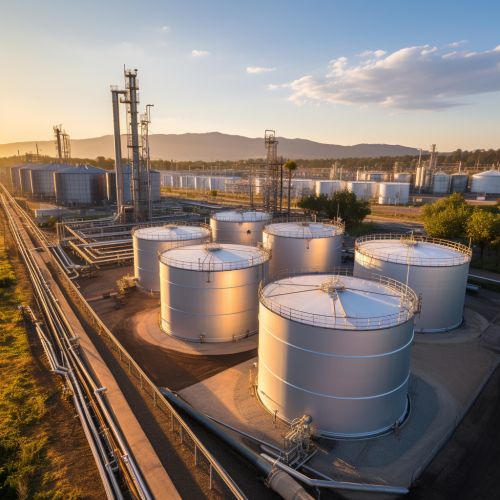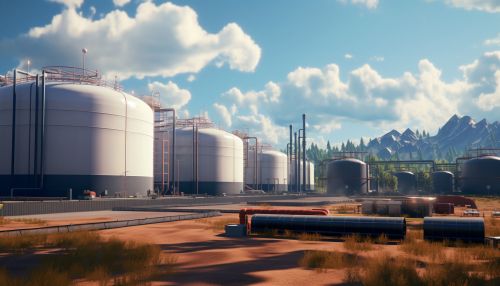Biodiesel
Introduction
Biodiesel is a form of diesel fuel derived from plants or animals and consisting of long-chain fatty acid esters. It is typically made by chemically reacting lipids such as animal fat, soybean oil, or some other vegetable oil with an alcohol, producing a methyl, ethyl or propyl ester. Unlike the vegetable and waste oils used to fuel converted diesel engines, biodiesel is a drop-in biofuel, meaning it is compatible with existing diesel engines and distribution infrastructure. Biodiesel can be used in its pure form (B100) or may be blended with petroleum diesel at any concentration in most injection pump diesel engines.


Production
The production of biodiesel involves the process of transesterification, which is the reaction of a triglyceride (fat/oil) with an alcohol to form esters and glycerol. A catalyst is usually required for the reaction to occur. The process involves two steps: the first step is the reaction of the oil with an excess of methanol or ethanol in the presence of a catalyst to yield mono-alkyl esters and glycerol, which is removed from the mixture. The second step is the removal of the excess alcohol, which is usually achieved by distillation.
Feedstocks
Biodiesel can be produced from a wide variety of oil-rich crops and waste materials. The choice of feedstock has a significant effect on the economic viability and environmental impact of biodiesel production. The most common feedstocks are rapeseed and soybean oils, but other oil crops such as palm, sunflower, or peanut can also be used. In addition, waste cooking oil, animal fats, and algae are also potential sources of biodiesel feedstocks.
Properties and Quality Standards
Biodiesel has similar properties to petroleum diesel. It has a higher cetane number, which is an indicator of the combustion speed of diesel fuel. Biodiesel also has a higher flash point than petroleum diesel, which makes it safer to store and handle. However, biodiesel has a higher viscosity and lower energy content than petroleum diesel, which can affect engine performance. In terms of quality standards, biodiesel must meet certain specifications to ensure proper performance. These standards are set by organizations such as the American Society for Testing and Materials (ASTM) and the European Committee for Standardization.
Environmental Impact
The use of biodiesel can have several environmental benefits. It can reduce greenhouse gas emissions, as the carbon dioxide released from biodiesel combustion is offset by the carbon dioxide absorbed by the plants that are used to produce it. Biodiesel also has lower emissions of sulfur, particulates, and carbon monoxide compared to petroleum diesel. However, the production of biodiesel can have negative environmental impacts, particularly if it involves the conversion of natural habitats to agricultural land for feedstock production.
Economic Aspects
The economic viability of biodiesel production depends on several factors, including the cost of feedstock, the cost of production, and the market price of biodiesel. Government policies and incentives can also have a significant impact on the economics of biodiesel production. In many countries, biodiesel production is supported by subsidies, tax incentives, and mandates for biofuel use.
Future Perspectives
The future of biodiesel depends on several factors, including technological advancements, feedstock availability, and policy support. Technological advancements could lead to more efficient and cost-effective biodiesel production processes. The development of new feedstocks, such as algae and waste materials, could also increase the availability and reduce the cost of biodiesel production. However, the future of biodiesel also depends on policy support, as the economic viability of biodiesel production is often dependent on government subsidies and incentives.
